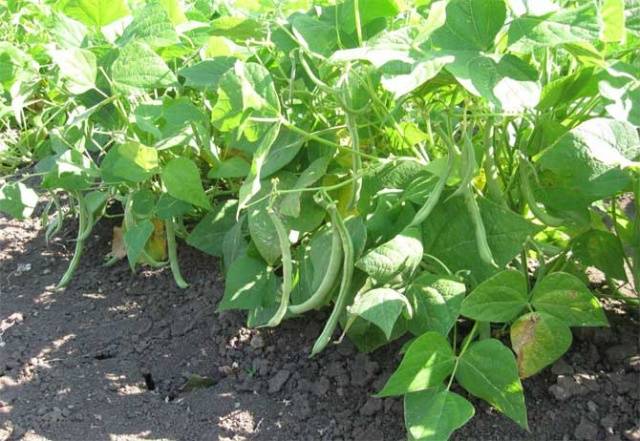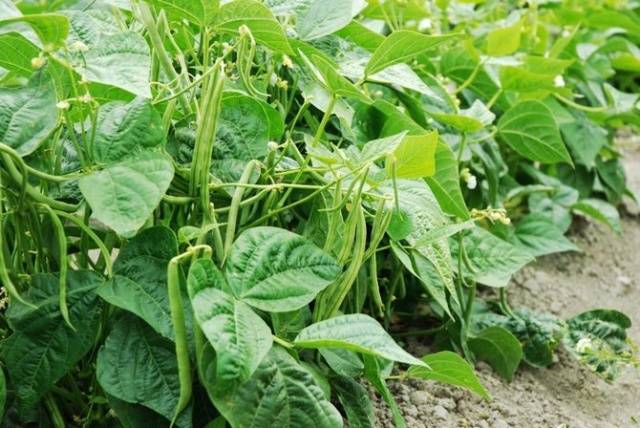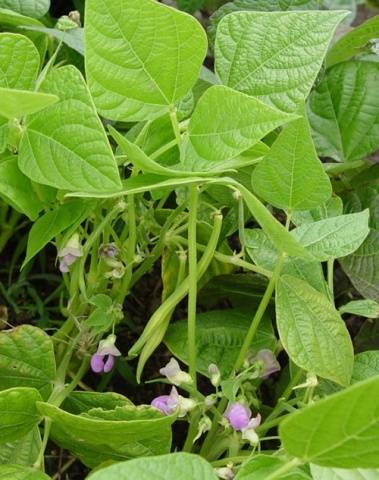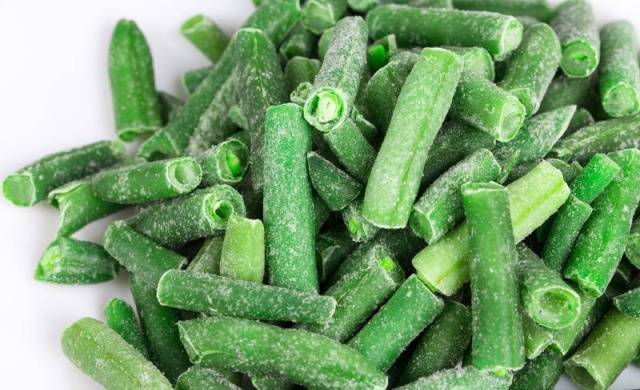Beans are a legume that has been known to the peoples of Central and South America since ancient times. Along with maize, it was the basis of their diet. After the discovery of America, the plant became known to Europeans and firmly entered the diet of many peoples. In Russia, the culture is grown in the southern regions, and in central Russia, only in individual household plots.
Benefit
We all see frozen, fresh, canned green beans on supermarket shelves. Due attention should be paid to this type of beans, which have valuable nutritional properties. Better yet, grow an environmentally friendly product on your site. For example, the Xera variety is a worthy representative of green beans.
- The Xera variety is a low-calorie product. Therefore, it can be safely included in the diet of people who are struggling with excess weight;
- Xera is rich in fiber, which stimulates digestion and lowers blood sugar. Therefore, the fruits are recommended for diabetics;
- The high folate content is especially important for pregnant women. It will help to exclude pathologies that may occur with a lack of folic acid;
- The high content of vitamin A, lutein and beta-carotene helps to maintain sharp vision, clear memory and slow down the aging process;
- B vitamins and vitamin C fight infections and depression;
- The fruit contains a high content of rare trace elements: magnesium, potassium, manganese, silicon. They take an active part in the metabolic processes of the human body.
Xera's asparagus beans are a valuable product. It is not difficult to grow it in your garden. Those who have tried it once do not give up growing a plant and plant it without fail on their plots.
Description
The Xera variety is grown to produce green pods for human consumption. The pods grow up to 13 cm long, up to 9 mm in diameter, thin and uniform in diameter and length. Much thinner than regular beans.
The plant itself is of the bush type. Its height is no more than half a meter.
Growing
The Xera variety is an unpretentious plant. But still, when growing it, follow simple agrotechnical techniques in order to achieve a positive result in the form of a rich harvest.
The plant loves warmth and light in the structure of the earth, abundant watering. Does not like stagnant moisture, heavy cold earths that do not warm up well.
Consider crop rotation. The best precursors for asparagus beans are courgettes, pumpkins, eggplants, potatoes, and tomatoes.
Experienced gardeners use the following agricultural technique when planting beans: alternate rows of potatoes with rows of beans. In the next season, these cultures are swapped. Beans, like all legumes, saturates the soil with nitrogen, which has a beneficial effect on potatoes so well that they do not need any fertilizers during the growing period. Beans scare away the Colorado potato beetle. Of course, not completely, but still it is getting much less. The use of the Ksera variety is the best fit for this growing technique, because the bushes are quite compact.
Prepare the soil in the fall. Dig up, remove roots weeds, apply manure and phosphorus-potassium fertilizers. This is done so that future plants can easily assimilate useful trace elements, which become part of the soil during the winter period. Plus, having enough phosphorus and potassium will prepare the plant for the growing season.
Plant Ksera beans in the open ground after the soil warms up to +16 degrees and when the threat of frost return has receded. Late May - early June is the time for planting asparagus beans in central Russia. Presowing preparation for the seeds of the Ksera variety is not required, since during germination the seeds can disintegrate into cotyledons. Which leads to the loss of seed. You can pickle seeds in a weak solution of potassium permanganate, but no more than 15 minutes.
Dig up the soil before planting, you can add wood ash, make holes or grooves. Plant the seeds 3-4 cm deep, 10-15 cm apart. If the soil is moist, then additional moisture is not required.
Wait 10 days for seedlings to appear. Beans can be planted in seedlings. The Xera variety is medium early, 60 days after planting it will be possible to pick the first fruits.
Regular care of beans consists of watering, removing weeds, feeding. Use herbal infusion as a top dressing. Grass is placed in a container, for example, nettle, poured with water and insisted for a week. Then take 1 part of the infusion and 10 parts of pure water and water the beans.
For another method of growing, see the video:
Harvesting
The Xera asparagus bean pods are plucked at the milky stage until they are tough and coarse. Pick as soon as the fruit is ready, selectively. Ripe pods are not good for food.
The more often you pluck the fruit, the more the ovary will form. And the richer the harvest will be.
Conclusion
Beans of the Xera variety are worthy of growing on your plots. Eating food will bring significant benefits to the body and diversify your daily menu. Beans of the Xera variety can be boiled, used in salads, in soups, in stews. It is better to freeze it for the winter, cut it into small pieces for convenience. The quality does not suffer from freezing.















